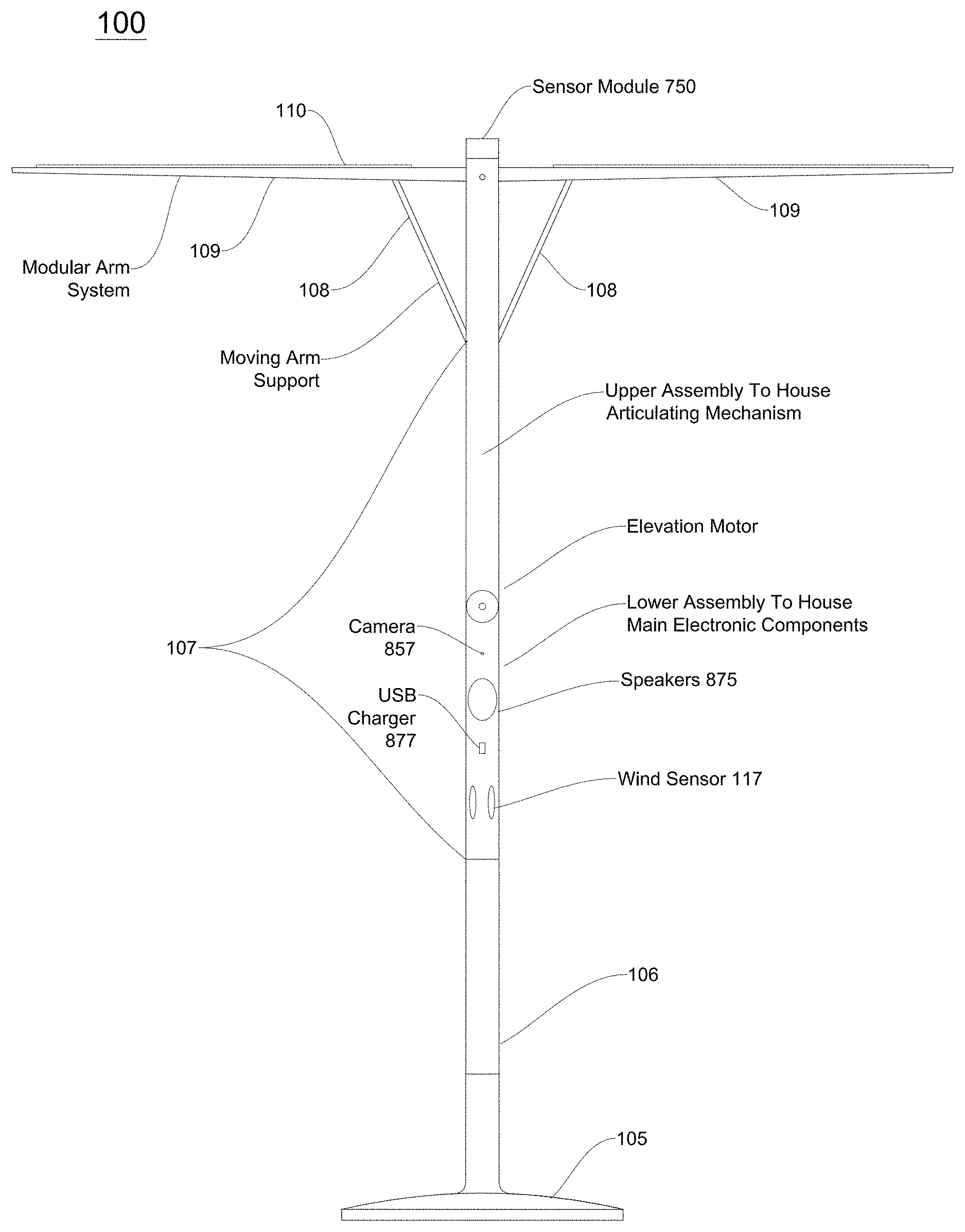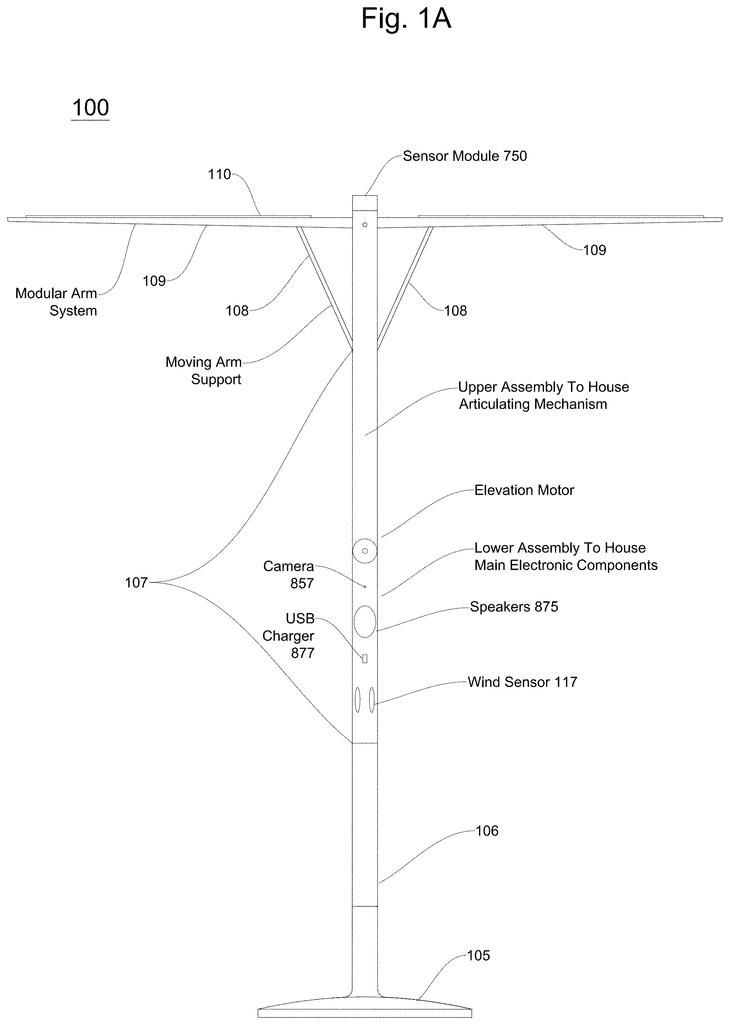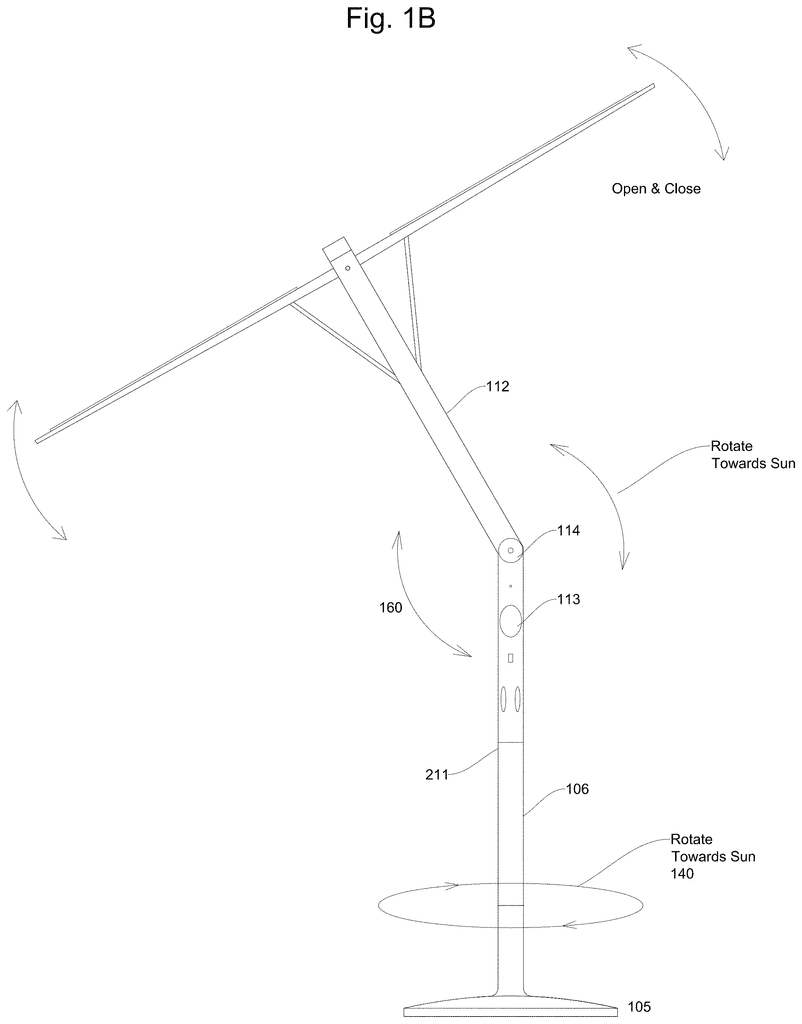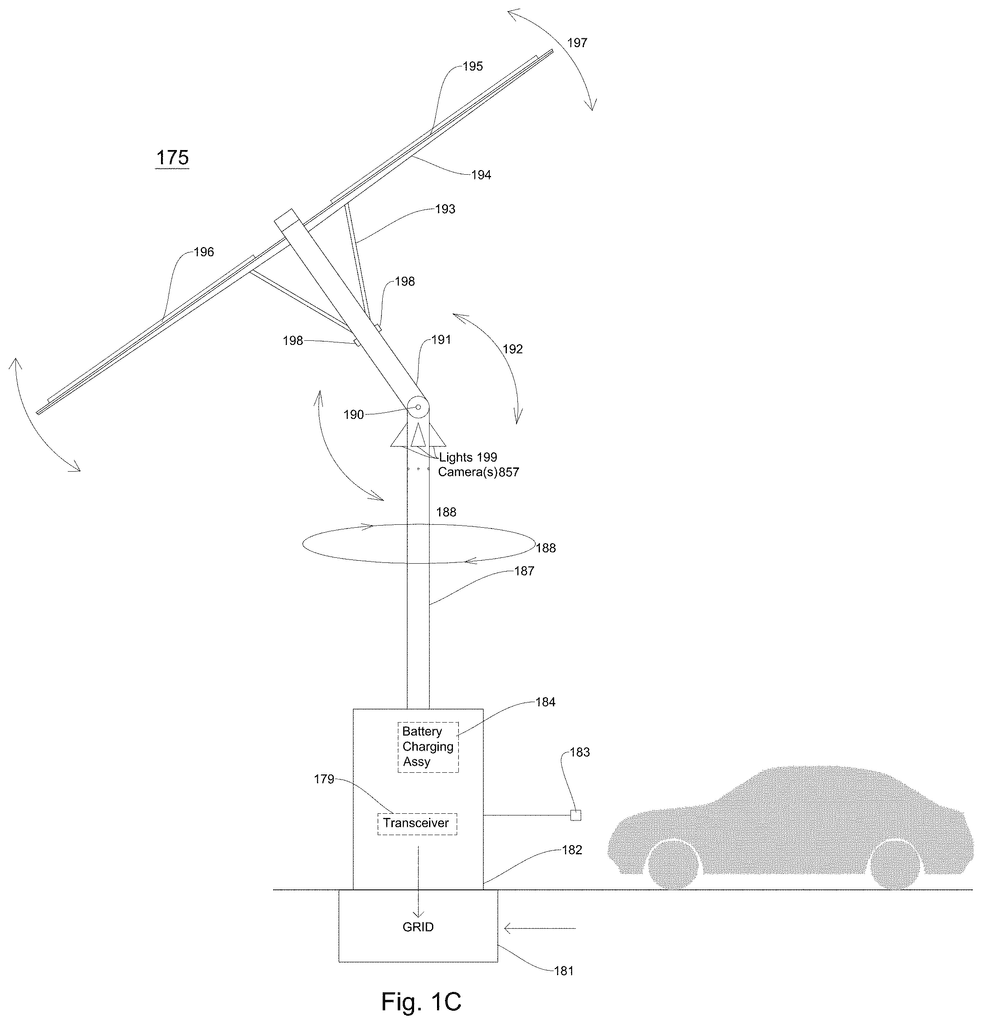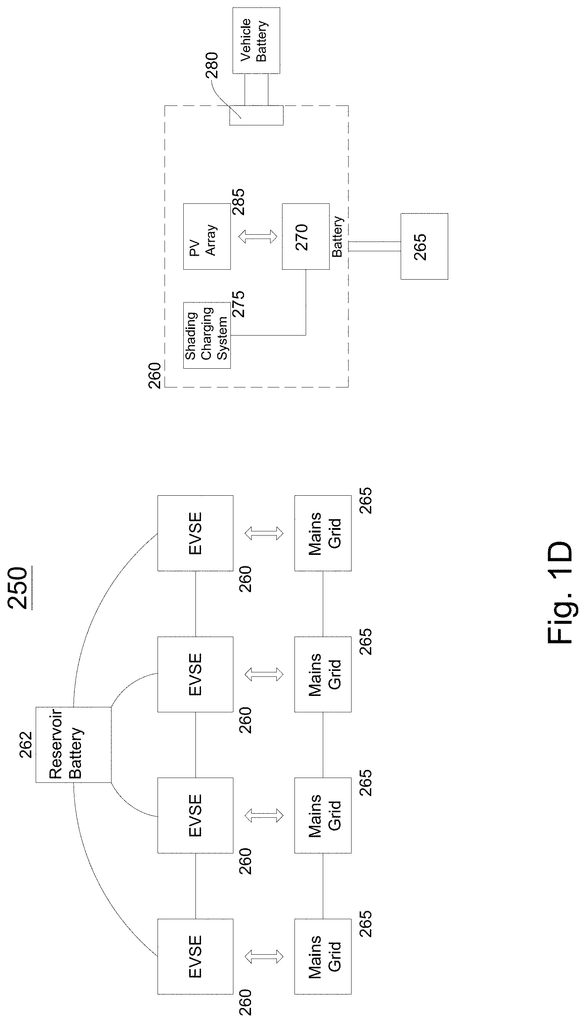Invented by Armen Sevada Gharabegian, ShadeCraft Inc
Firstly, let’s define what an intelligent shading system with movable bases assembly is. This type of system consists of a set of motorized shades that can be controlled remotely or automatically. The shades are mounted on a movable base assembly, which allows them to be adjusted to different positions and angles. The system can be programmed to respond to changes in light levels, temperature, or time of day, providing optimal shading and energy efficiency.
One of the primary drivers of the market for intelligent shading systems with movable bases assembly is the growing demand for energy-efficient solutions. With rising energy costs and concerns about climate change, many homeowners and businesses are looking for ways to reduce their energy consumption. Intelligent shading systems can help by reducing the amount of heat that enters a building during the summer months, and by retaining heat during the winter months. This can lead to significant cost savings on heating and cooling bills.
Another factor driving the growth of this market is the increasing focus on comfort and well-being. Many people spend a significant amount of time indoors, whether at home or in the office. Intelligent shading systems can help create a more comfortable environment by reducing glare, regulating temperature, and providing privacy. This can lead to improved productivity, reduced stress, and better overall health and well-being.
The market for intelligent shading systems with movable bases assembly is also being driven by advances in technology. Motorized shades and movable base assemblies are becoming more affordable and easier to install, making them accessible to a wider range of customers. Additionally, the development of smart home and building automation systems has made it easier to integrate intelligent shading systems into existing infrastructure.
In conclusion, the market for intelligent shading systems with movable bases assembly is growing rapidly, driven by a range of factors including energy efficiency, comfort, and technology. As more people become aware of the benefits of these systems, we can expect to see continued growth in this market in the coming years. Whether you are a homeowner or a business owner, an intelligent shading system with movable bases assembly can help you create a more comfortable, energy-efficient, and productive environment.
The ShadeCraft Inc invention works as follows
A shading system consists of a base assembly and core assembly. The sensor expansion module consists of one or multiple arm support assemblies. One or more arms are connected to these arm support assemblies. The base assembly contains one or multiple motors, one processor, one memory module, a base controller, and computer-readable instruction that, when executed, communicates movement direction and distance commands to a controller. The base assembly contains one or multiple motors. The base motor controller converts received movement directions and/or instructions into movement commands and/or commands for distance. It then communicates these commands and movement commands to one or more of the motors in order to physically move base assembly.
Background for Intelligent shading system with movable bases assembly
1. Field
The subject matter disclosed in this patent is an intelligent shading system which can automatically move from one place to another based on various factors.
2. Information/Background of the Invention
Conventional Sun Shading Devices” consist of a frame that supports an awning, or fabric, mounted to the frame. The awning covers a defined area. A conventional sun shade device can be, for example, an outdoor umbrella or outdoor awning.
However, the current sun-shading devices don’t appear to be flexible or adaptable to changing conditions or user desires. The current sun-shading devices require manual adjustment to alter the inclination of the frame in order to protect an individual better from the environment. The current sun shading devices seem to be made up of a single awning, or fabric piece, mounted on an interconnected unitary framework. In many cases, an interconnected unitary framework may not be able be opened or deployed. Alternative embodiments are therefore desirable. Current sun shading devices do not always have automated assemblies that allow the shading object to adjust to changing environmental conditions or track sun movement. Moreover, the current sun shading systems do not communicate externally with shading object-related systems. Individuals using current sun shading systems are restricted in their interactions with other users. Sun shading devices do not usually have any software that controls or operates the device. “Sun shading devices do not move automatically from one place to another. They are currently stationary.
BRIEF DESCRIPTION DES DRAWINGS
The following figures describe non-limiting and not-exhaustive aspects. Like reference numbers refer to similar parts in the different figures unless otherwise stated.
FIGS. “FIGS.
FIGS. “FIGS.
FIG. “FIG.
FIG. “FIG.
FIG. “FIG.
FIG. “FIG.
FIG. “FIG.
FIG. “FIG.
FIG. “FIG.
FIG. “FIG.
FIG. “FIG.
FIG. “FIG.
FIG. “FIG.
FIG. “FIG.
Click here to view the patent on Google Patents.
